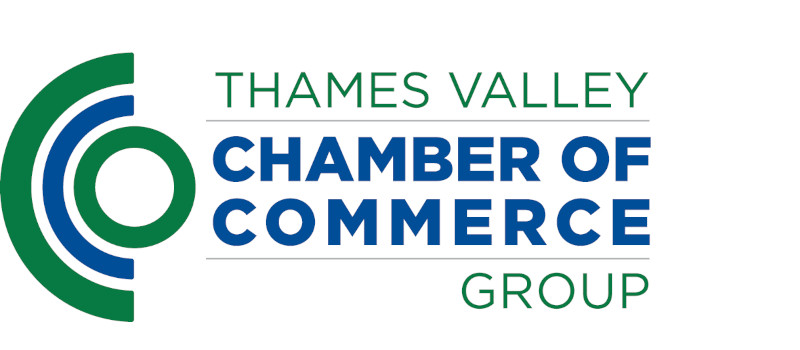If you want to secure positive coverage about your business, you have to present the media with a good story. Former IT PR specialist Jane Lee gives her golden rules for writing press releases
1. Keep it brief
Aim for a maximum of two pages, but if you can keep your press release to one page, all the better. Busy editors/journalists don't have the time (or inclination) to work their way through page after page of information for PR. Keep your language simple, concise and to the point - avoid jargon at all costs.
2. Use attention-grabbing headlines
Not only should your 'header' sum up the story, it should also engage and command interest, otherwise your release could get ignored or binned. Don't try to be overly cryptic or 'amusing' in your headline - it can backfire.
3. Include a release date
You need a date otherwise a journalist/editor will have no idea how old or new the story is. If, for any reason, you don't want your news revealed until a specific time, include an 'embargoed until' date. Journalists are usually happy to observe embargoes.
4. Convey the key facts in your first paragraph
Use 100 words maximum to explain who you are, what you're announcing, where it is taking place, when it's happening, possibly why and how. Answering each of these questions enables you to communicate the story's key facts. Treat this part as you would your elevator pitch.
5. Expand the story - but keep it lean
Don't add information simply for the sake of it. Each subsequent paragraph should add colour and interest to the story, which means avoiding unnecessary waffle. When a reader gets to the end of your press release, every important question about the story should have been answered.
6. Include some good quotes
Comment from you and/or a representative of your business and the story's other main players (possibly a customer) make writing the story much easier for the journalist. Make sure your quotes are interesting and informative - not simply 'soft soap' about how great your business is. Any self-respecting journalist/editor will 'red pen' through such obvious 'puff'.
7. Add a profile or backgrounder and contacts
This should appear under the subheading 'Note to editor' and appear at the end of the release. It should explain need-to-know facts about your business (e.g. when formed, where located, how many employees, key products/services, key markets/customers, etc.). A couple of paragraphs will do the trick. Include a few interesting facts, too. A journalist might want to call you for some additional quotes, so make sure your release includes a contact name, email address, direct phone and mobile numbers, postal and web address.
8. Include a photograph
If at all possible, you need to have an image to illustrate the story. It must be a high quality, high-resolution (ie 300 dpi) digital image saved in JPEG format. It could be of you, one of your people or one of your products (people shots are usually best) - try to make it visually interesting. Don't attach or embed it in the press release as many journalists dislike it or their servers block such mails. Instead, at the start of the release put 'High-resolution image available. Contact <email> or download from <site page link>.'
9. Eradicate spelling and grammatical mistakes
They will make you look sloppy and unprofessional. Spell-check your press release, then print it out and read closely through the copy again. Once you're satisfied there are no mistakes get someone else to double check.
10. Email your release to targeted contacts
Email is the most convenient way for journalists/editors to receive press releases. Paste your copy into the body of the email as plain text rather than sending it as an attachment. Contact publications and ask for the email address of the person to whom you need to send the release, but don't ring up to check it has arrived and/or will be used. Busy editors/journalists hate this.
